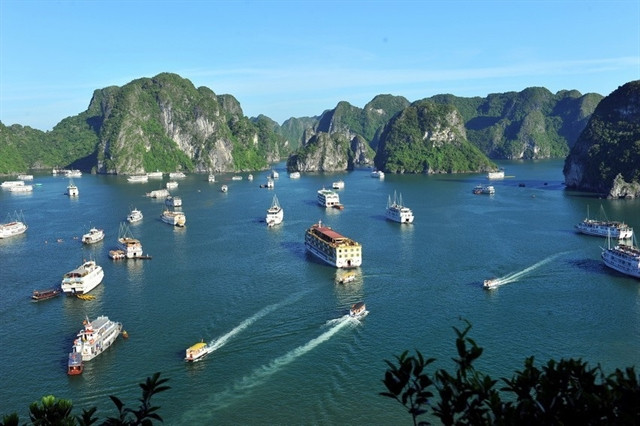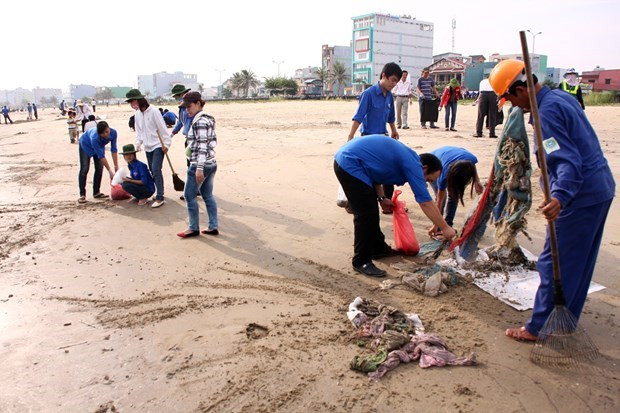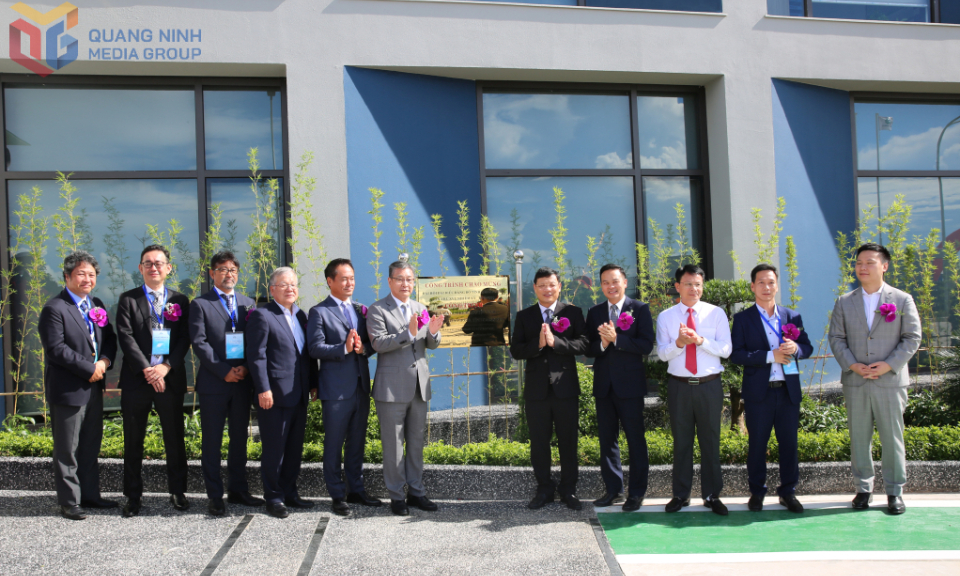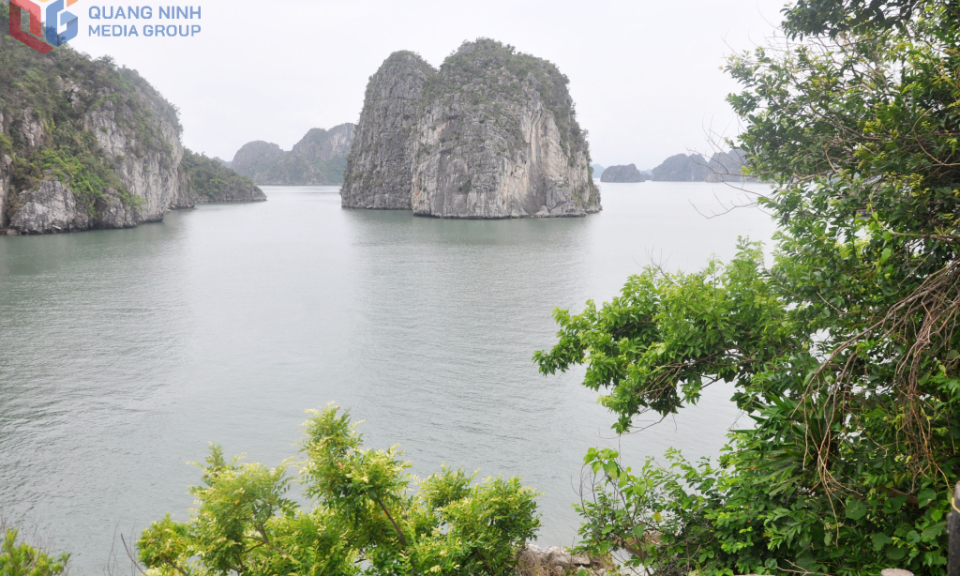Việt Nam needs to do more to sustainably develop sea and island tourism
Việt Nam has succeeded in developing its sea and island tourism with attractive tourism products, leading to a rise in both domestic and international visitors. However, the rapid growth of the industry requires planning to ensure sustainable development in the future.
Strong development has been an economic goal of coastal areas, helping reduce poverty and improving the lives of people in many localities throughout the country.
In the coastal seas, Việt Nam has more than 2,500 big and small islands, many of which are enormously valuable to tourism.
The three island districts of Vân Đồn in the northern Quảng Ninh Province, Côn Đảo in southern Bà Riạ-Vũng Tàu Province and Phú Quốc in southern Kiên Giang are among key islands for the high-quality tourism development.
Many other islands have become popular destinations for holidaymakers, including Cô Tô, Thanh Lan in northern Quảng Ninh Province, Cát Bà, Cát Hải in northern Hải Phòng City, Lý Sơn in central Quảng Ngãi Province, Phú Quý in southern Bình Thuận Province and Cồn Cỏ in central Quảng Trị Province.

Figures from the National Administration of Tourism showed that the growth rate of the number of international tourists to Việt Nam’s islands in the period 2015-2019 reached 23 per cent. In 2019, more than 1.5 million visitors came to the islands, mainly Cát Bà and Phú Quốc.
Sea and islands in the north attract tourists from China, Japan, South Korea, Germany, and the Netherlands, while those in the central region are favoured by tourists from Europe, Laos, and Japan. Those in the south are favoured by visitors from the UK, Italy and France.
Shortcomings
Cát Bà Island in the northern Hải Phòng City’s Cát Hải District is a major tourist hot spot in the north with beaches, an ancient fishing village and hundreds of serene islands covered with dense greenery for discovery and adventure tourism.
However, the island has not really made a breakthrough to develop tourism. It is only crowded in the peak summer season and has few tourists during winter from November to March.
According to travel companies and tour operators, Cát Bà still lacks accommodation facilities, high-quality hotels, entertainment areas and professional tourism services.
A shortage of entertainment spots makes it hard to keep visitors staying longer on the island while tour activities are not diversified. There are few activities available at night.
In particular, the situation of traffic congestion on weekends and peak hours as well as the overcharging of tourists still occurs.
Cát Bà National Park, an emerging tourist site for a diverse range of wild species and biosphere reserve in the city for trekking or hiking, only attracts young people, they said.
In the south, Phú Quốc Island in the southern Kiên Giang Province has been a phenomenon of Vietnamese tourism. Blessed with white sand, turquoise beaches and bright sun almost all year round, with tropical forests covering two-thirds of the island, Phú Quốc offers diversified travel experiences with high-quality services.
Between 2014-18, the resort island welcomed less than one million visitors annually, but this number increased to five million in 2019. In the first quarter of this year, nearly 1.6 million visitors have come to the island shortly after VIệt Nam reopened on March 15.
However, Phú Quốc is being threatened by environmental pollution caused by rubbish dumps.
Hundreds of tonnes of waste are discharged every day, but only 60 per cent is collected properly. Uncollected and untreated wastewater drifts along sewers, canals and rivers into the sea causing environmental pollution.
Some beaches have been seriously polluted by garbage. In addition, the marine ecosystem including coral reefs and seagrass beds in the core area of the island’s marine protected area has shown signs of decline in quantity and quality due to overexploitation.
It is forecast that by 2030, Phú Quốc will become the leading tourist destination, and the amount of solid waste from tourism and daily life activities will increase rapidly. Therefore, the island needs a solution for sustainable tourism development.
Nguyễn Anh Tuấn, director of the National Administration of Tourism’s Tourism Development Research Institute, said tourism at some islands such as Phú Quốc, Cát Bà and Côn Đảo have been rapidly growing while other facilities remained unchanged.
Tuấn said tourism development in the coastal islands of Việt Nam still faces many difficulties. Some islands such as Phú Quốc, Cát Bà, Vân Đồn, Côn Đảo, Cù Lao Chàm and Lý Sơn have limited infrastructure, traffic, electricity, water supply and telecommunications.
In addition, human resources are insufficient and inadequate, failing to meet development needs.
The rapid growth of the annual number of tourists and improper tourism activities are the causes of negative impacts on the environment as well as the natural eco-system of nature reserves, leading to unstainable development of the islands.
Action plans
Việt Nam’s tourism development strategy by 2030 has identified seven key priority areas for tourism development, and five of them are in coastal areas with typical tourism products in each region, including the Red River Delta and the Northeast Coast, the North Centre, the Southern Central Coast, and the Southeast and Mekong Delta.
There are seven world heritages and six biosphere reserves, as well as national parks and nature reserves and many cultural and historical sites located in these regions, attracting between 48-65 per cent of tourists to Việt Nam.
According to experts and researchers, an effective tourism development plan is needed for the harmonious and sustainable development of sea and island tourism, which ensures national defence and security and promotes its key role in the development of the marine economy.
The State should have preferential policies for investment and development of high-quality sea and island resorts in a number of key areas, and the development of marine and island eco-tourism products.
Nguyễn Thị Phương Linh, a representative from the National Administration of Tourism’s Tourism Development Research Institute, said each locality needs to review and perfect the policies for tourism development in the seas and islands and make a development plan in accordance with the general guidelines and policies of tourism development of the locality and the country.
The most important, Linh said, is to ensure the sovereignty of seas and islands and sustainable development with green growth plans and waste and wastewater treatment.
On the other hand, localities must have response plans to deal with climate change and natural calamities to ensure people’s safety and minimise damages.

Recently, many localities have prioritised the protection of the marine environment.
On Phú Quốc Island, a group of volunteers and businesses in HCM City have organised regular activities such as picking up trash and cleaning the beaches on the island.
The People’s Committee of Côn Đảo District in southern Bà Riạ-Vũng Tàu Province, in collaboration with the World Wide Fund for Nature in Việt Nam, has launched a campaign to reduce plastic waste. The district has signed a commitment to become a plastic-reducing city, aiming to have zero plastic waste in nature by 2030.
The district’s authority believes that this will contribute to building the image of Côn Đảo – an attractive tourist destination in the eyes of international friends.
Quảng Nam Province, which is famous for Hội An ancient town, Mỹ Sơn Temple complex and Cù Lao Chàm World Biosphere Reserve, has called on local people and tourists to join hands to clean up tourism sites.
According to experts, developing green tourism at sea and islands will be a global tourism trend, especially as climate change and environmental pollution have increasingly affected people’s lives. A harmonious and sustainable tourism development plan will promote a sense of respect for nature, the ecological environment and restore biodiversity protection among people and tourists.






